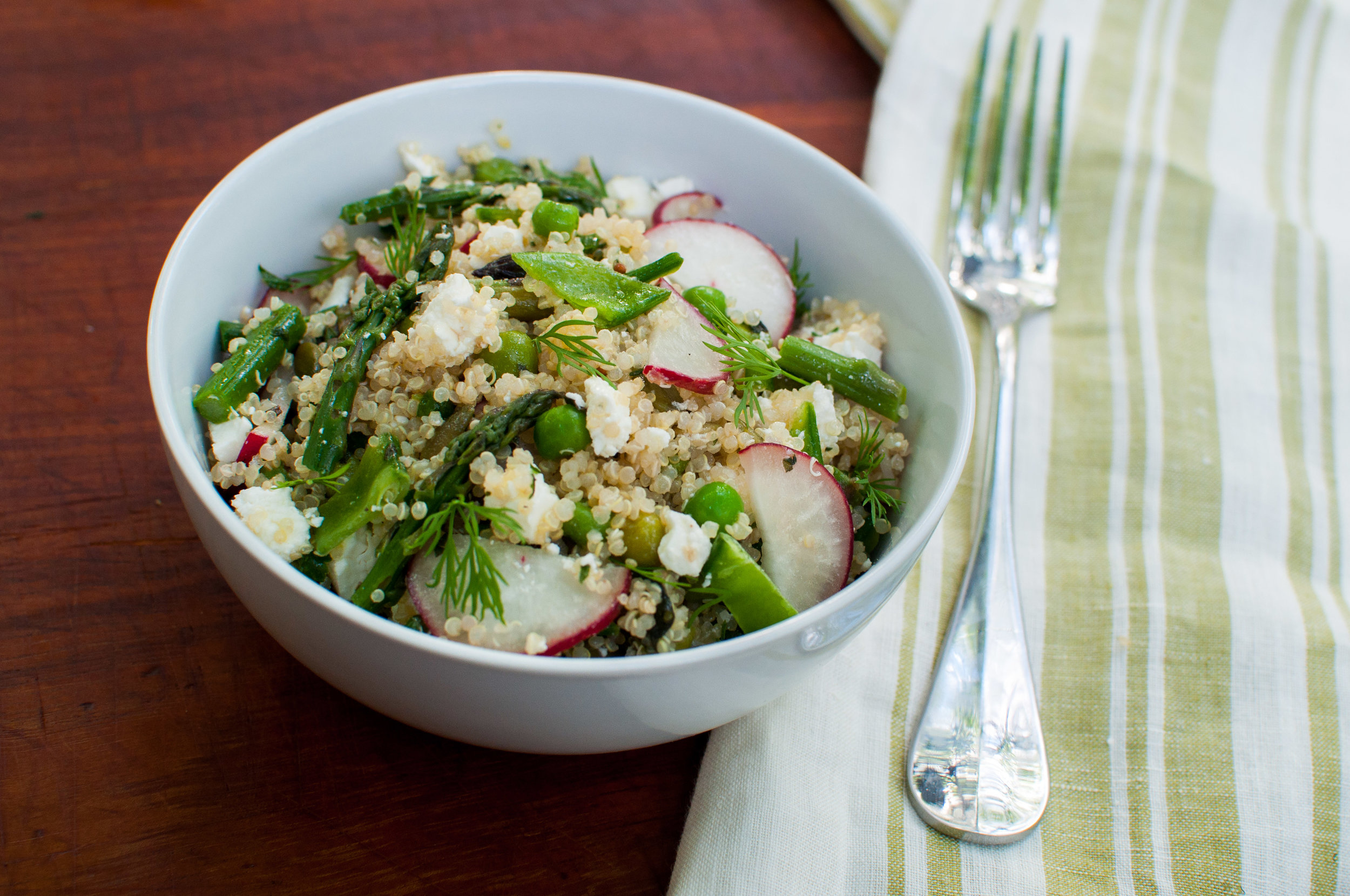Got winter squash? Run, don’t walk, and MAKE THIS SOUP.
This recipe is super straightforward, uses all easy-to-source pantry ingredients, and is packed with flavor thanks to warming fall spices, zesty ginger, bright lime juice, and cooling coconut milk. I used butternut squash most recently, but use whatever local winter squash you have access to – whether it’s pumpkin, acorn, kabocha, or funkier squash varieties like koginut.
Roasted Winter Squash Soup with Ginger, Lime + Coconut
ingredients:
- 3 lbs unpeeled winter squash (such as butternut, acorn, kabocha, etc)
- Olive oil
- 1 large yellow onion, diced
- 1 tablespoon minced fresh ginger
- 1 teaspoon ground coriander
- 1 teaspoon ground cumin
- ½ teaspoon turmeric
- ½ teaspoon cinnamon
- Pinch roasted red chili flakes
- 4 cups vegetable stock or water
- 1 teaspoon salt, plus more to taste
- Freshly ground black pepper to taste
- Juice of 1 lime (~3 tablespoons)
- 1 14-oz can coconut milk
- ¼ cup fresh basil leaves, plus more to garnish
instructions:
How to cook Roasted Winter Squash Soup with Ginger, Lime + Coconut
- Preheat the oven to 425°F.
- Peel the butternut squash and dice the flesh into ½” pieces. Toss the diced squash on a rimmed baking sheet with a few tablespoons of olive oil and a pinch of salt.
- Roast for 30-35 minutes, until the squash is soft and beginning to caramelize. Set aside.
- Heat 1 tablespoon olive oil in saucepot or dutch oven over medium heat. Add diced onion, a pinch of salt and cook until onions are soft and translucent, about 8 minutes.
- Add ginger, coriander, cumin, turmeric, cinnamon and chili flakes, and cook for another 2 minutes, stirring frequently.
- Add the cooked butternut squash, along with the vegetable stock or water, salt and pepper.
- Bring to a boil, then reduce heat to simmer and cook for 10 minutes.
- Stir in the lime juice and coconut milk, and simmer for another 2 minutes. Take the soup off the heat and add the fresh basil.
- Use blender to carefully puree soup in 2 or more batches, until smooth.
- Return soup to pot over low heat. Taste and adjust seasoning to balance the salty, pungent and citrus notes. Ladle into bowls and garnish with creme fraiche, toasted squash seeds, fresh herbs or anything else that inspires you. Enjoy!










